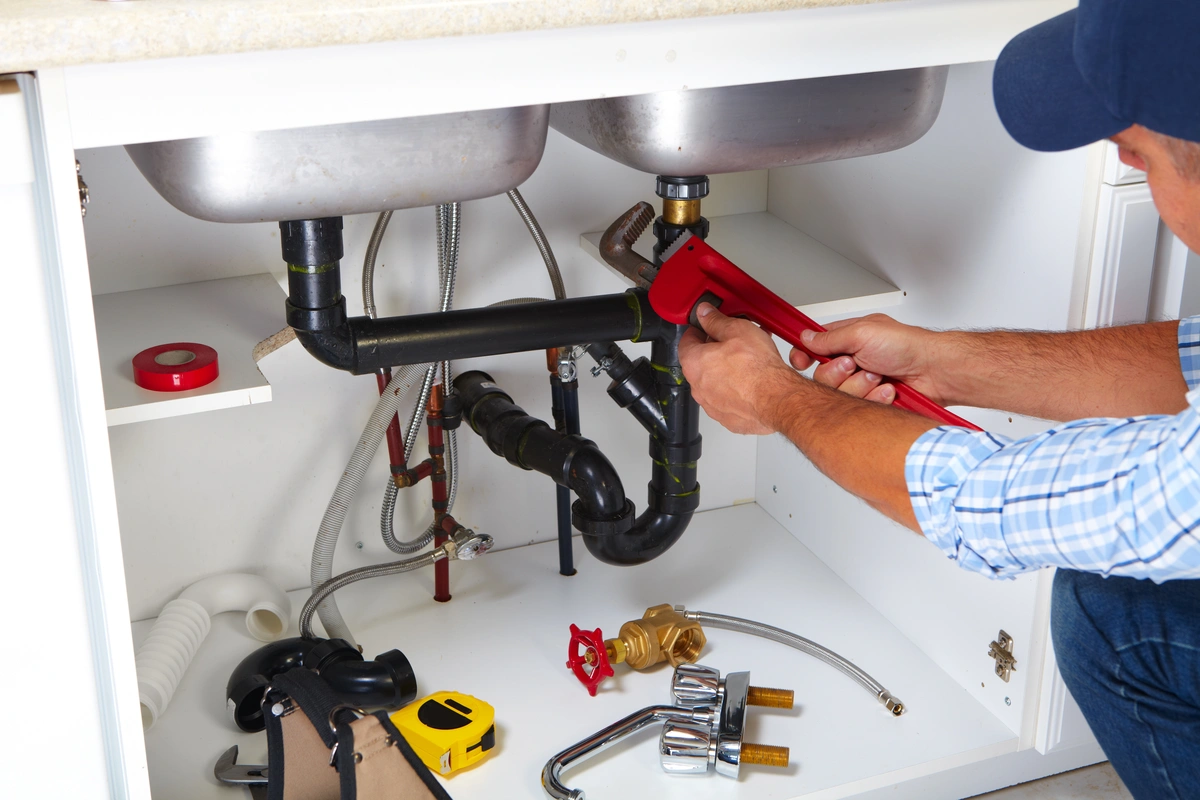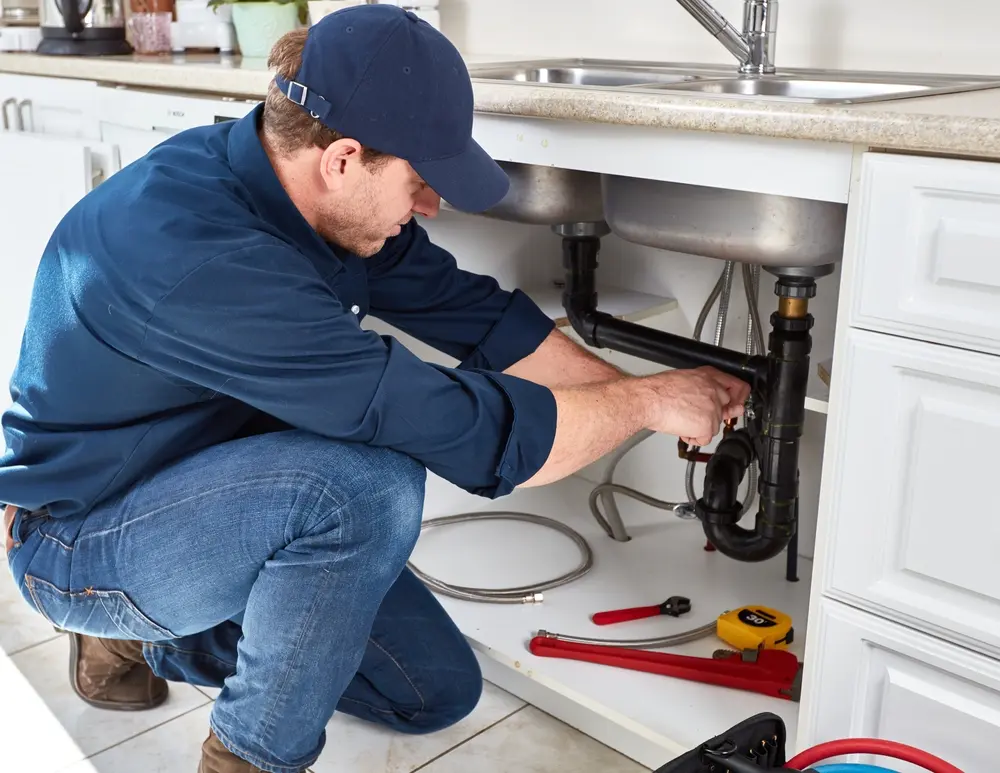Expert Water Heater Installation Alabaster AL You Can Count On
Expert Water Heater Installation Alabaster AL You Can Count On
Blog Article
A Detailed Overview to Efficient Hot Water Heater Installation for Ideal Performance
Embarking on the job of setting up a water heating system is a venture that requires precision and a methodical method for achieving optimum performance. The procedure starts with the important decision of picking the ideal heating system tailored to the specific demands of your home, taking into consideration variables such as dimension, power, and kind resource. When chosen, preparing the installment area to meet safety and security standards is paramount. The trip doesn't finish right here. As you continue, the details of attaching water system lines and establishing up trusted electrical or gas connections await, encouraging insights into making certain efficiency and integrity.
Choosing the Right Hot Water Heater

Following, take into consideration the size and capacity of the water heater. It's vital to assess your home's warm water needs, which can differ based on the variety of owners and their use patterns. An unit that's as well small may lead to insufficient warm water, while a large design may result in unnecessary power intake.
Effectiveness rankings additionally play an essential role in option. Seek water heating systems with high Energy Factor (EF) scores, suggesting premium performance and minimized energy usage. Tankless models, though usually extra costly in advance, deal considerable power financial savings over time as a result of their on-demand home heating capabilities.
Preparing the Setup Area
Prior to setting up a brand-new hot water heater, meticulous preparation of the installation location is crucial. This makes sure a smooth installation process and aids protect against future issues (Plumbing Services Alabaster AL). Begin by picking an appropriate place that abides with regional building regulations and security criteria. The location must be dry, well-ventilated, and available for maintenance. It's vital to measure the area thoroughly to suit the hot water heater's dimensions, ensuring appropriate clearance around the device for efficient operation and maintenance.
Following, remove any kind of debris, dirt, or blockages from the site to create a tidy atmosphere. Examine the floor for stability, as the hot water heater will require a strong, level surface to operate successfully. If required, install a drip pan beneath the unit to catch potential leakages or spills, avoiding water damage to the surrounding area. In areas susceptible to seismic task, take into consideration mounting seismic bands to safeguard the heating system securely in position.
In addition, make sure that all required tools and products get on hand before beginning the setup. This includes items such as wrenches, screwdrivers, a degree, and any kind of additional equipment required for safeguarding the heater and placing. A well-prepared installation area sets the structure for a successful water heating system configuration, enhancing efficiency and safety and security.
Connecting Water Lines
When linking water lines to your newly set up water heating unit, it is crucial to guarantee that all links are safe and secure and leak-free to preserve reliable operation and stop water damage. Begin by identifying the chilly and warm water lines. The cool water inlet is usually noted with a blue label or a "C", while the warm water outlet is marked with a red tag or an "H".
Use versatile water heating system adapters to facilitate a less complicated setup process. Prior to connecting visit here the connectors, place a plumbing's tape around the threaded ends of the water heater's inlet and outlet pipelines.
Once connections remain in place, slowly activate the main water valve. Inspect each link for leaks by visually feeling and examining for wetness. Tighten links as needed, and make certain the stress safety valve is appropriately mounted, safeguarding against excessive pressure build-up.
Setting Up Electrical or Gas Connections
Correctly establishing up the electric or gas links for your hot water heater is a critical action to make sure effective and secure procedure. For electrical hot water heater, start by confirming that the electrical circuit works with the heater's voltage and amperage requirements. Guarantee the power supply is switched off at the circuit breaker to avoid accidents. Link the electrical wires to the heater adhering to the supplier's circuitry layout. Commonly, this entails linking the ground cable to the green terminal, and the remaining wires to their corresponding terminals, safeguarding each with wire nuts.
For gas hot water heater, safety and security is extremely important. Verify that the gas supply is off prior to proceeding. Connect the gas line to the hot water heater making use of a versatile gas adapter, guaranteeing it is properly threaded and sealed with pipeline joint compound or Teflon tape ideal for gas links. Tighten up the connections with a wrench, taking care not to over-tighten (Plumber Alabaster AL).
Once connections are made, check for any kind of potential leaks. For gas lines, use a soapy water remedy to the joints; bubbles indicate a leak. For electrical links, ascertain that all wiring is protected and appropriately shielded, keeping conformity with local electrical codes.
Evaluating and Changing for Performance
With the electrical and gas connections securely in location, the next step is examining the functional performance of your water heating system. Begin by thoroughly transforming on the water supply and guaranteeing there are no leaks at any of the valves or joints. Once validated, continue to load the container, focusing on the stress and temperature level setups. It is a good idea to set the thermostat to a suggested temperature of around 120 ° F(49 ° C) to balance energy effectiveness and comfort.
Next, perform an extensive evaluation to guarantee the heating components or burner are working correctly. For electrical heating systems, use a multimeter to confirm if the aspects are drawing the ideal present. In gas models, observe the heater flame; it should be constant and blue, suggesting efficient burning.
Change the settings as essential to get rid of ineffectiveness. Consider applying insulation procedures, such as adding a water heating system blanket, to better improve performance by minimizing warm loss. Additionally, check the anode pole's condition, as a scrubby rod over here can minimize effectiveness and result in container deterioration.
Final Thought
Effective water heater installation is crucial for ensuring optimal efficiency and energy savings. By choosing the appropriate kind and advice size, and diligently preparing the setup area, a foundation for success is established. Securely linking water lines and thoroughly establishing electric or gas links minimize prospective problems. Thorough testing for leakages and specific thermostat adjustments to 120 ° F enhance dependability and effectiveness. Abiding by these actions promotes long-lasting capability and power preservation in residential water heater.

Properly setting up the electrical or gas connections for your water heating unit is a critical step to ensure risk-free and effective procedure. For electrical water heating units, start by validating that the electric circuit is suitable with the heating system's voltage and amperage needs. Attach the gas line to the water heating system making use of an adaptable gas adapter, guaranteeing it is effectively threaded and secured with pipeline joint compound or Teflon tape appropriate for gas connections.
Report this page